HTC Sensation 4G Review - A Sensational Smartphone
by Brian Klug on July 1, 2011 12:38 AM EST- Posted in
- Smartphones
- HTC
- Android
- Mobile
- HTC Sensation
- MSM8260
HTC Sense 3.0
Before we get ahead of ourselves, let’s talk about the other side of HTC’s strategy. I mentioned at the beginning that one half of that is unique industrial design and hardware, the second angle is software differentiation. The Sensation is running Android 2.3.3, but for the most part the angular, contrasty, dark visage of Gingerbread is hidden under a UI skin. That brings us to the oft-maligned HTC Sense, which the Sensation includes the very latest version of, Sense 3.0.
HTC feels very strongly about Sense, and again if you go back in time you can almost understand why. Sense’s earliest relatives helped keep Windows Mobile as a platform afloat, and likewise kept HTC in the business of selling Windows Mobile phones until Android became the obvious next step. Along those lines, handset makers are scared to death of Android commoditization, and like it or hate it, UI skins are one superficial way of preventing that. On a higher level, HTC strongly believes that Sense makes the Android experience easier and more user friendly for ordinary smartphone shoppers.
I used to be staunchly against UI skinning (and for the most part I still am) but Sense 3.0 finally adds some things that I think go beyond just being eye candy that woos in ordinary smartphone shoppers. Those features are namely things like Sense 3.0 lock screen informatics and shortcuts, and htcsense.com features. I've put together a video with all the important changes which you can watch, or just read everything below.
For the most part, HTC Sense 3.0 is very similar to its predecessor. There are a number of minor changes, such as a face-lift for the clock widget which includes a ton more detail inside the Sense weather app. First is an animated overview with current conditions. Tapping on the upper right icon exposes more detail with information details including hourly and 5-day views. The hourly view is especially cool, as it shows a graph of predicted temperature.
The homescreen and launcher views also get some changes. Homescreens now circularly swirl in after an unlock, and this animation is impressively smooth. Swiping from the left to the right to view different homescreens now results in a 3D cube like animation. It’s like HTC’s own rendition of compiz’s cube desktop switcher.
Swiping fast also results in the whole affair spinning very fast, which seems to be the first thing everyone does when they pick up an HTC Sense 3.0 equipped phone. Framerate is impressively smooth here.
You can now also rearrange homescreen order in the zoomed out view by long-pressing on individual windows. The selected homescreen then snaps around easily.
The application launcher also gets some interesting tweaks. First off is probably the most polarizing - scrolling is now done by pages (each comprised of a 4 x 5 grid of icons), instead of in a fluid smooth manner. Swiping up and down slides you through these pages, which get snapped to. I initially hated this, now I’ve gotten used to mentally going to a specific page and then locating an application. There’s no way to disable this, which is the thing I think will enrage some people.
The other major change are the three icons at the bottom, which act like tabs. The first is just the default application view, which can be sorted by alphabet or date. The next sorts applications by launch frequency, and the final one is simply a list of downloaded applications.
I’m intrigued by the frequent view, which after training makes a lot of sense for speeding up getting into the applications that matter most. To be honest, I feel like that’s a lot of what HTC was targeting with Sense 3.0 - to reduce friction in places and implement things that have been popping up in lots of custom ROMs.
Next up is the notifications shade, which gets a side-swipeable list of recent applications. Down below that is the normal notifications area.
At the bottom however is a new tab - Quick Settings. Ice Cream Sandwich will indubitably bring this into mainline smartphone Android, as it essentially already exists in Honeycomb. Regardless, tap on this and you get a way to quickly toggle a things like WiFi, GPS, and Bluetooth. I’d like to see airplane mode, a brightness slider, and screen rotation in here, but alas nothing is perfect.
Tapping on task manager brings you into a Sense-themed task killer with total memory and individual applications. It’s probably one of the cleaner and most actionable task killers I’ve seen in a while.
HTC also changed up its IME keyboard, which now includes something very similar to swype by default. Did I say similar? I meant exactly the same, but HTC calls it the “trace” keyboard.
You don’t need to change modes either, and the keyboard still works as well as it did for normal tap typing.
Messaging also gets a facelift with a new theme that gives messages a bit of a 3D pop. It’s nice to see people going beyond emulating the iPhone 4’s glossy bubble threaded messaging style with something else. I like what HTC has done here, and the font size doesn’t make it impossibly challenging to read a long discussion.

I’ve saved my two favorite features for last, ones that I’ve already slightly touched on. The first is informational lock screens. Head into personalize, tap on lock screen, and you can select from six different lock screens: a wallpaper, photo album, friend stream, current weather, stocks, and another clock. I opted for weather most of the time. Tap settings, and you can change the lock screen shortcuts to any app you desire.
Back on the lock screen, dragging these to the ring results in the phone unlocking and launching the selected application. This makes a ton of sense, and makes it easy to get into most frequent apps like messages and camera. It’s a feature I think HTC has executed very well.
The next one is htcsense.com, which is part backup, part remote device management. Similar to Find My iPhone, you can remotely lock, erase, and ring the phone.
I tried all three and found that they do indeed work, and impressively enough remote wipe does include a full format of the SD card. It does require decent connectivity for things to happen quickly - if signal is marginal, it can take a while for anything here to push through.
There’s also a map with the device’s location on top of google maps, and some toggles for forwarding messages and calls. I suppose that makes sense if you’ve lost the phone or just want the convenience.
I fear that htcsense.com won’t see super high attach rates because it isn’t part of the initial setup wizard in the way it should be. On other devices like the Inspire 4G (htcsense.com isn’t really a 3.0 feature, but bears going over) initial setup prompts you to create an account and explains what all having one affords you. On the Sensation with T-Mobile’s build, you have to go into the HTC Hub, get prompted, then setup and log into your account. I wasn’t ever asked unless I went and found it directly.
I think skins like Sense have a place as long as it can offer features beyond just being eye candy. Sense 3.0 adds some features that do enhance usability out of the box, although to be honest you can get the same thing with a custom ROM or by assembling it yourself. That brings me to my final thoughts about Sense. For the majority of people, Sense does make a lot of, well, sense. For power users that want it removed, there should be an option, or at the very least an unlockable bootloader so custom ROMs can be flashed on. HTC has promised to make the second a reality, though the Sensation as it is right now doesn’t fastboot oem unlock, trust me, I tried. This will hopefully come in a later update.


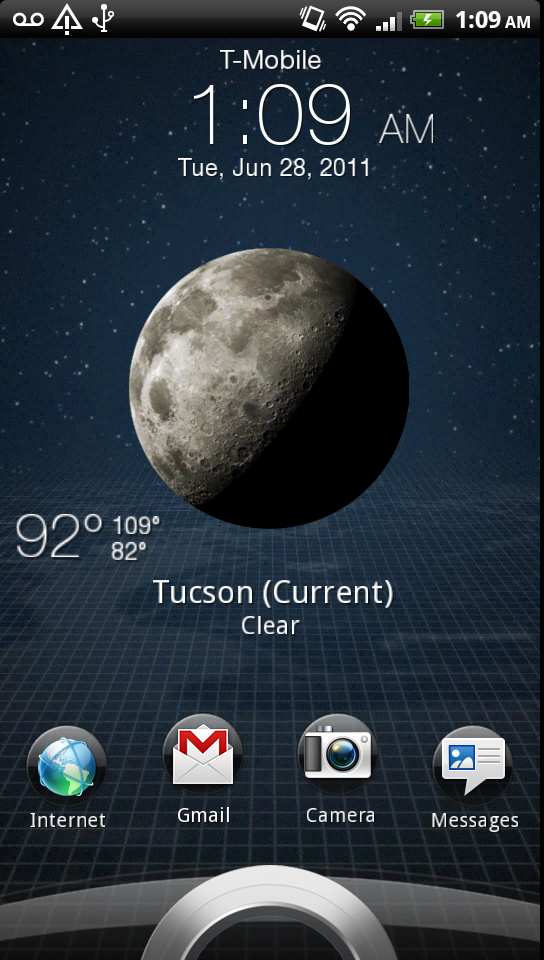
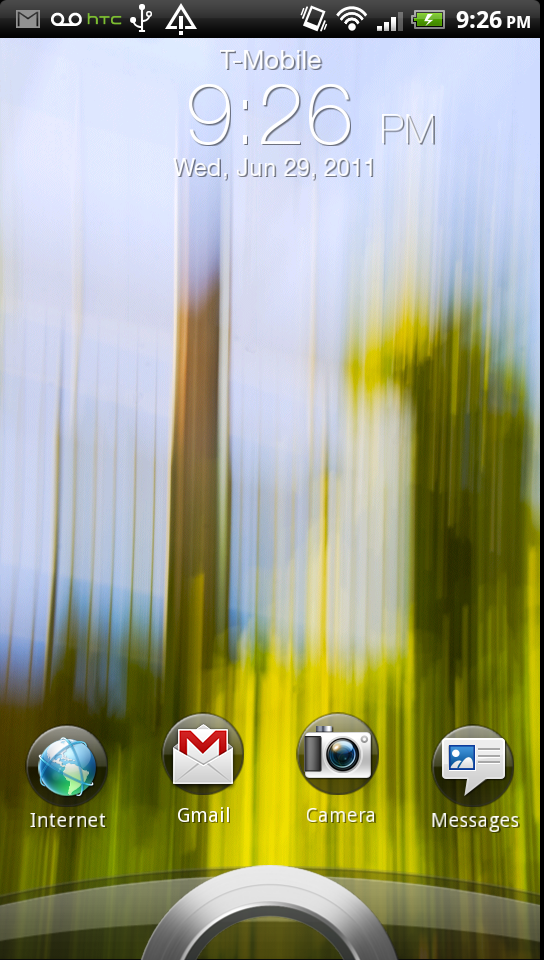

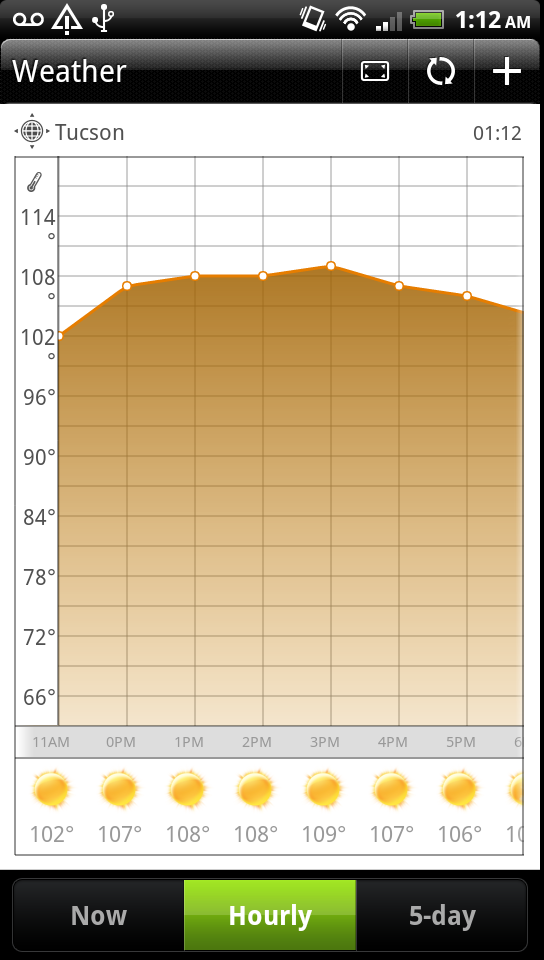
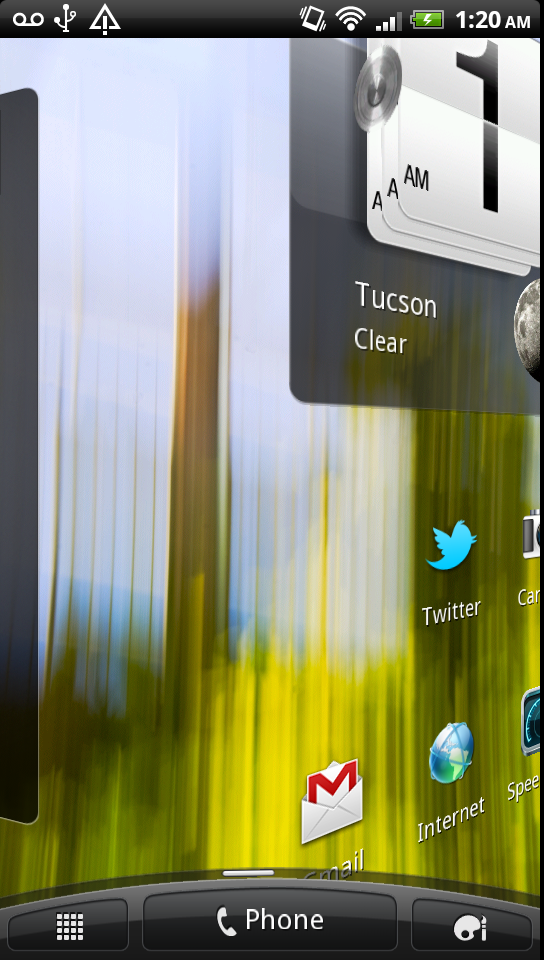
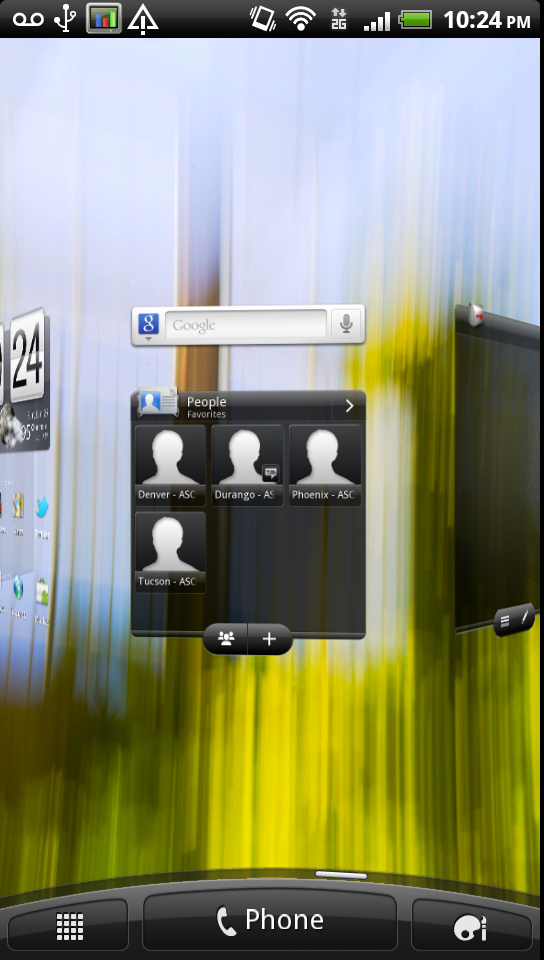


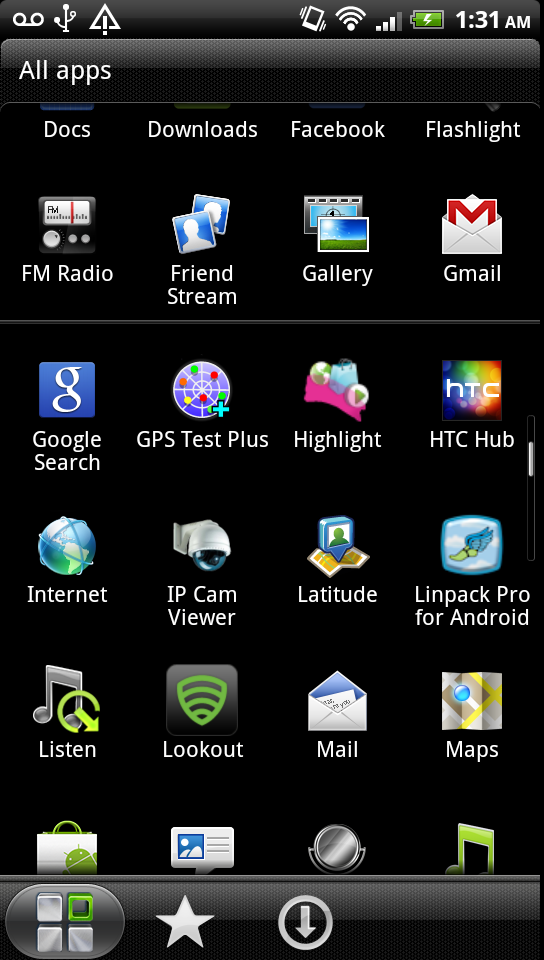


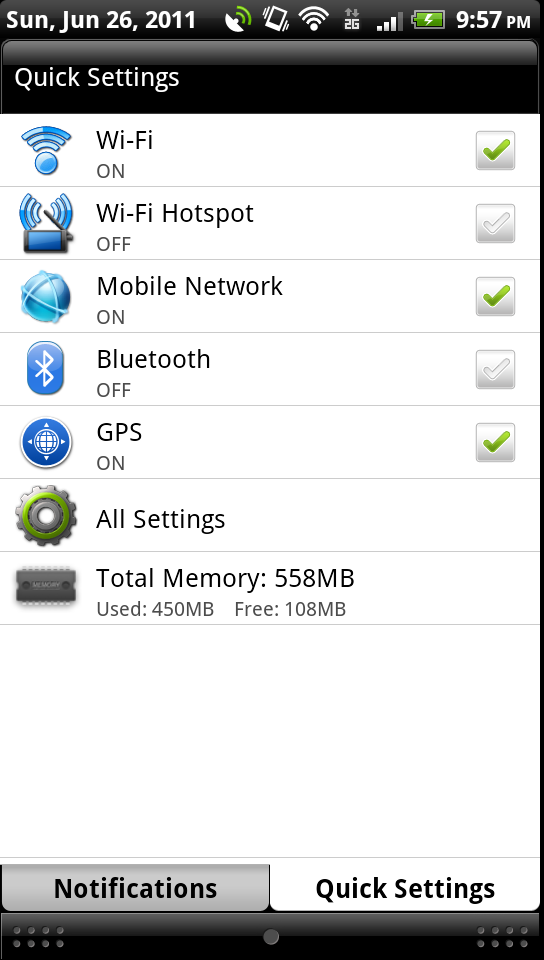
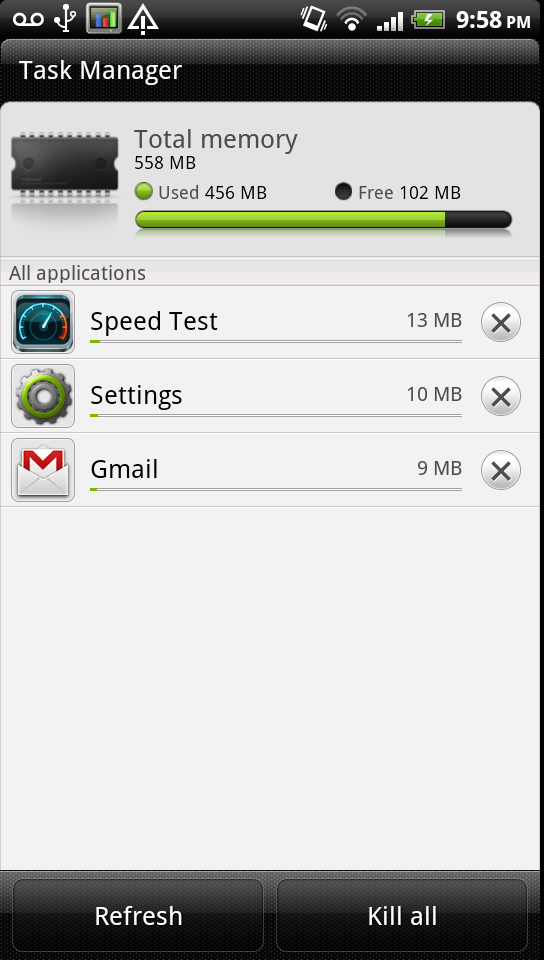
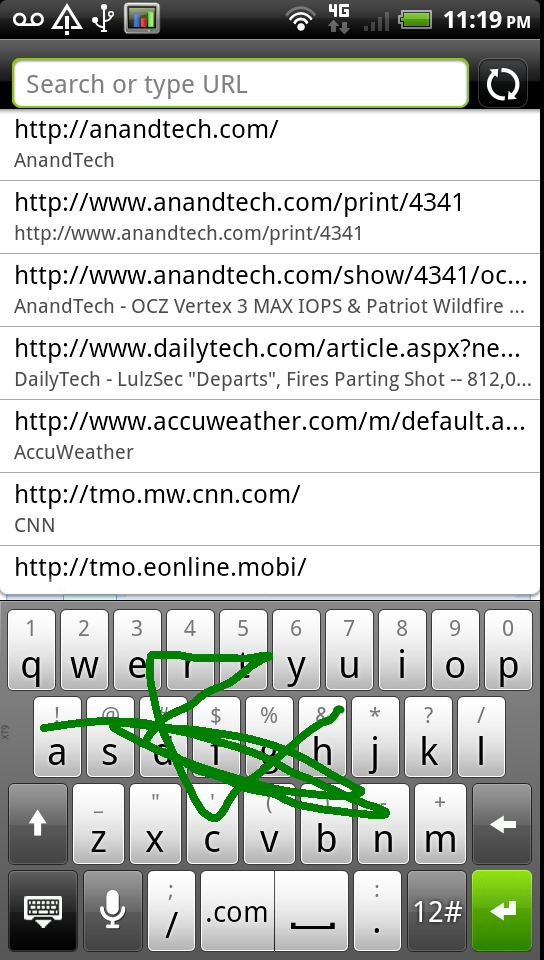
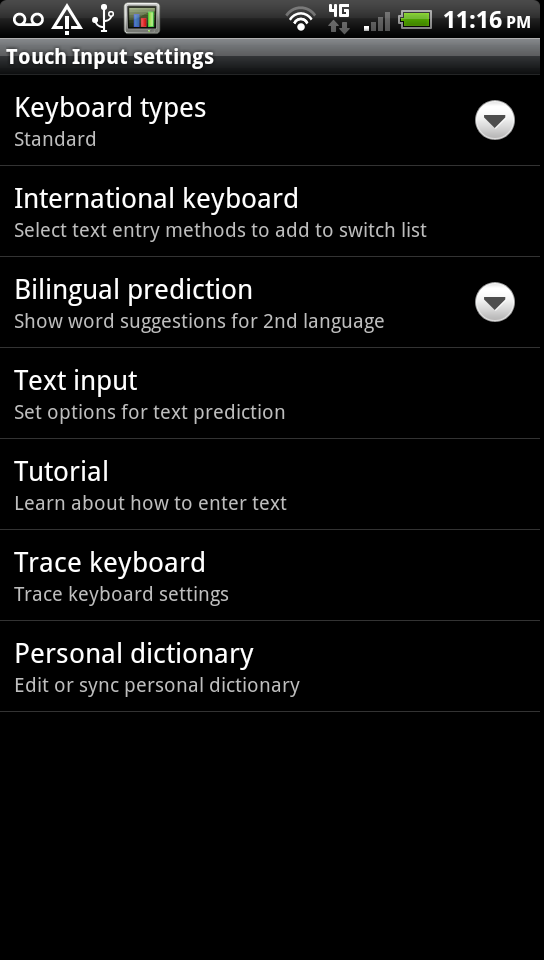

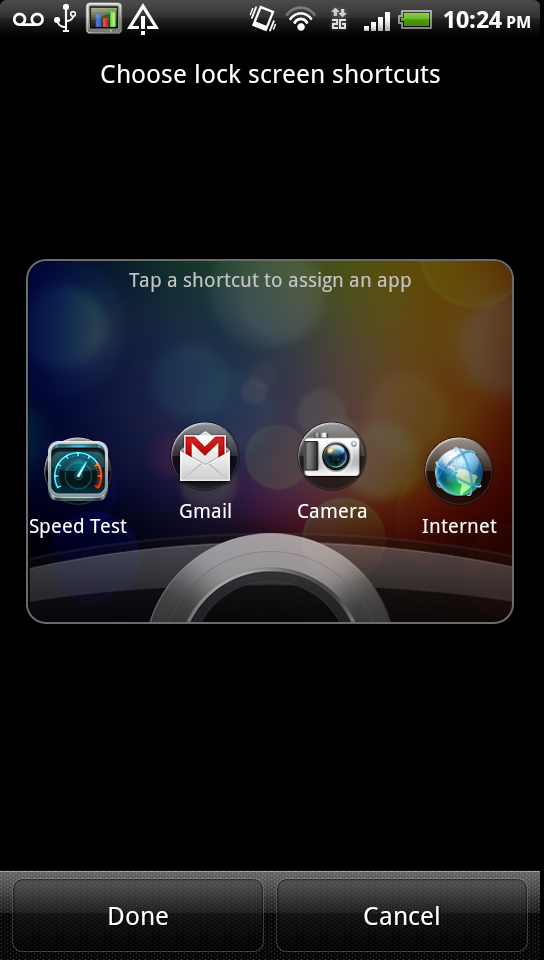
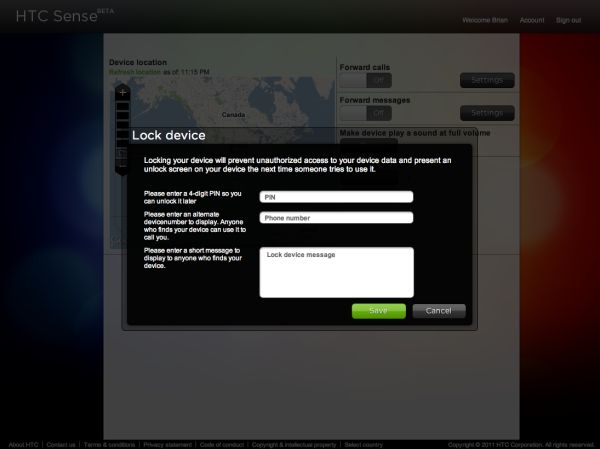
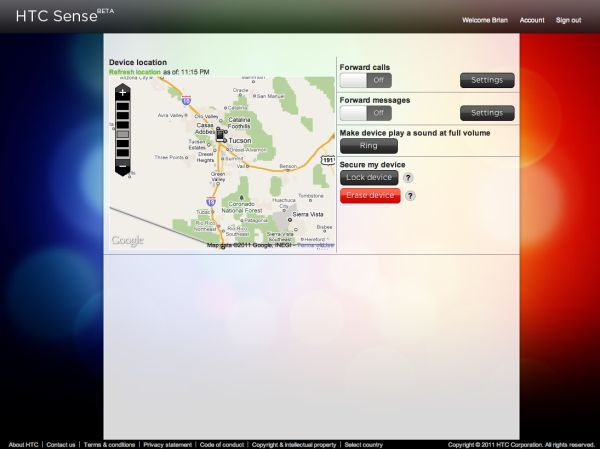
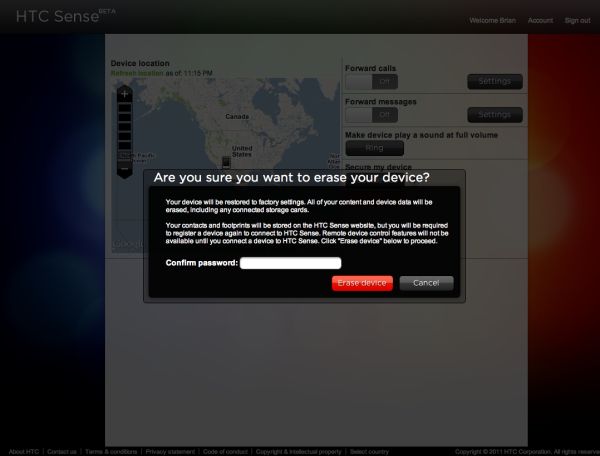








107 Comments
View All Comments
synaesthetic - Sunday, July 3, 2011 - link
No SGS2 on AWS bands. :(coolhardware - Saturday, July 2, 2011 - link
Nice review. Never thought I'd see a gf discussion be the first comment posts on an AT article ;-)A note on the Sensation, it is supposed to be capable of 1080p MKV playback!
http://www.jdhodges.com/2011/06/can-android-do-108...
And of course the 1080p recording is pimptastic too:
http://www.google.com/search?sourceid=chrome&i...
Overall a pretty sweet phone IMHO :-)
mutu - Saturday, July 2, 2011 - link
pls review Samsung galaxy S2.Penti - Saturday, July 2, 2011 - link
Not to nitpick but why is it even called 4G? It's simply a 14.4Mbps device, we have 32Mbit (advertised speed) HSPA+ for "mobile broadband" here in Sweden, and nobody would care much what speed the cell phone is able to use and nobody tries to pass it as anything else. It's simply called HTC Sensation over here in Europe. Do not yet have 4G in my very little town, but 32Mbit HSPA+ is here. Expect 4G even out here in this market within a year or so though. Sooner in neighboring towns. Guess it's a good thing AT&T are picking up T-mobile USA. We will still need HSPA/+ for a while, but we are quickly moving on. Sure you could also opt for a WiMAX 16m network and the handsets is about as immature, but you need to be building your next gen network now.synaesthetic - Sunday, July 3, 2011 - link
The "4G" is T-Mobile US silly marketing speak that means nothing, of course. They tack 4G on the end of every phone with an HSPA radio capable of more than 7.2Mbps peak downstream.Penti - Sunday, July 3, 2011 - link
Yeah I know that, but why not just call it "Our old network till we get picked up by AT&T"? It's clear why they are without a next gen plan. Their customers need to be picked up by another operator for that to happen.synaesthetic - Sunday, July 3, 2011 - link
Until it's unlocked, I won't buy it.tejagamer - Sunday, July 3, 2011 - link
Excellent Review.. As usual..Now waiting for your comparison of SGS2 vs O2x vs Sensation and the SGS2 review..
bubblesmoney - Sunday, July 3, 2011 - link
Hi Brian,When you review the SGS2 please compare the internal memory on it to the internal memory available on other top of the line android handsets. This is an important limitation on android handsets which are not rooted +/- rommed to overcome the app2internal memory problem of android. Full time Android users [not part time android reviewers :) ] will appreciate what i mean. None of the reviews of android handsets bother to cover this problem users of stock handsets face if they dont root their handsets.
Handsets made by the likes of HTC severely skimp on the internal memory, more specifically the internal memory partitioned and kept for loading apps. On just a year old HTC Desire the partition available for apps is just a measly 147mb. Even on the HTC sensation it is just about 1gb. Compare this to the year old samsung galaxy s which has 1.8gb available for apps. The samsung galaxy s2 also has about 1.9gb available for apps from its 16gb/32gb internal memory. The HTC low internal memory problem does not go away by buying a 32gb card as the card is useless for apps that go on internal memory. The only option on HTC handsets which ALWAYS come with low internal memory compared to the competition (internal memory partition available for apps) is to buy a non HTC handset or to root and get rid of the problem or to use the sdk method described on xda forums.
For a reviews of android handsets it is vital that the internal memory is compared too in a comparison chart and more specifically the internal memory available for apps need comparing too. Please exclude the useless microsd cards supplied with handsets as that is useless for apps that dont go to sd card. Hope you provide such comparison charts for future reviews of android handsets. When games by gameloft etc run into many MBs on internal memory, having internal memory of the likes of 147mb available for apps on the HTC desire will be crucial information especially for many android handset buyers.
Similarly the rear speaker quality being poor is another HTC hallmark in my opinion after owning 2 HTC handsets. But not sure if it is just a hardware issue or HTC software issue. But things get better after loading apps with equalisers (poweramp etc) and boosting the gain. This works later even if the said apps are deleted I think.
Software is nothing without good hardware, so i will be keeping away from HTC and go the samsung galaxys2 way. But I guess the compromise is the much poorer GPS reception on samsung galaxy s2 and other handsets made by samsung.
USB on the go needs to be mentioned as well as competitor handstes have this feature but not the HTC sensation.
Accessories like speaker docks, keyboard are an important differentating feature. Just have a look at the HTC website to see if their handsets can even find one speaker dock or even anywhere else on the net. These options will make a difference to buyers and need to be mentioned in handset reviews.
bubblesmoney - Sunday, July 3, 2011 - link
Brian,In another review they seem to be saying the speaker is good. see http://www.gsmarena.com/htc_sensation_vs_galaxy_si... see the link for detailed test results